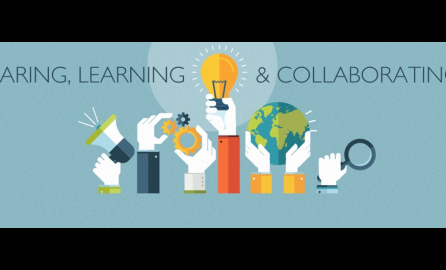2.1.2 Advocacy Methods on IE legal and policy framework development
Advocacy Methods on IE legal and policy framework development
Indicators: Effective advocacy methods on IE legal and policy framework development identified with primary focus on national level.
Data analysis: Identification of advocacy methods in project countries. Identification of criteria for determining effectiveness. Thematic analysis of advocacy methods effectiveness using a systems analysis approach (how advocacy has contributed to improving the enabling environment).
Recommendations:
1. Develop Media and Advocacy Strategy at the outset of program implementation (design phase) in projects on the IE. The plan should specify the type of messages, advocacy campaigns and strategies to be used for the main messages to be mainstreamed and effectively implemented.
Reference: Hanife Kurt; Nashashibi, Rana, 2013, Gender equality and women's empowerment in Palestine.
____________________
2. Take the complex nature of advocacy as related to IE issues into account:
- Note that associations or other IE groups are their own best advocates with facilitation from the media or other supporters. Support the organising and mobilising of people dependent on the IE to advocate for social protection measures and development of related legal frameworks.
- Stress awareness of their rights among vulnerable groups and empower them to advocate with government and other entities.
- Ensure that the target of the advocacy, often government duty bearers, are well versed on issues such as necessary reforms regarding the IE to be enacted, funding constraints, and priorities. If this is ignored then advocacy will not be effective.
References:
- Oxford Policy Management, 2014, Evaluation of the Business Sector Advocacy Fund Ghana.
- Poudyal, Lokendra; Upadhyay, Balkrishna; Karki, Laxmi, 2013, Final Report on the Mid – Term Evaluation of Livelihood Recovery for Peace (LRP/UNDP).
- Kabeer, Naila; Milwars, Kirsty and Sdarshan, Ratna, 2013, Organising women workers in the informal economy.
____________________
3. Develop actions aimed at strengthening advocacy with deep consideration of:
- Necessary number of involved stakeholders finding a good balance between efficiency and effectiveness
- Scope of the advocacy action
- Preferred and most effective timing
Take into account that single issue advocacy actions involving relatively few stakeholders, and with limited budgetary implications, tend to be the ones that are mostly likely to achieve their objective within the stipulated timeframe. Successive advocacy on new issues can build on the success of previous advocacy efforts.
____________________
4. Improve advocacy on child labourers (who often work in the informal economy) by using quality data to advocate for economic empowerment of affected households through government programming.
____________________
5. Advocate with local government and use a holistic approach when addressing issues surrounding child labourers. Advocacy for holistic approaches should include promotion of a combination of attention to development of:
- Effective legal and policy frameworks at national and local levels (place important emphasis on development of local by-laws)
- Access to a wide range of locally available poverty reduction programmes.
- Economic empowerment actions for affected households.
- Access to quality education including vocational education and skills training as applicable.
- Strengthening of government capacities on implementing actions on child labour at all levels.
- Well organised and implemented local referral systems.
Source: RNSF research - Volume 4.2
